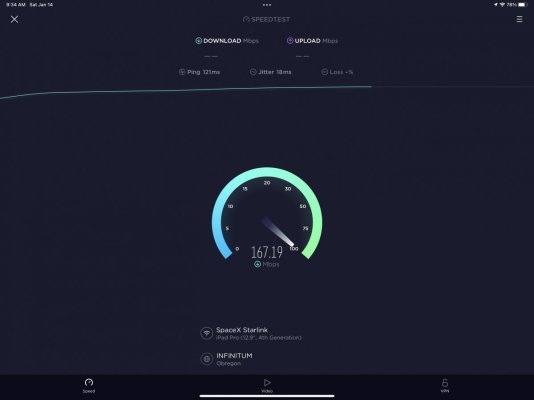We cruise in the remote areas of Ontario's North Channel/Lake Superior where cell phone/internet connectivity is poor at best. We want to install a cell phone booster to enhance making connections and are looking for advice on what other cruisers have installed and what satisfaction they have had. So far, recommendations range from an expensive PepWave MAX BR1 Pro 5G router to the Wilson Drive Reach Marine unit. The Wilson Webboost Destination RV 65 Gain booster previously recommended by a Canadian vendor apparently, according to the FAA, is not allowed on boats. Also of interest is what cellular plans have worked well data-wise. While our Verizon plan from the US works in Canada, as soon as we cross the border, our unlimited data goes to a max of 0.5 GB which is very limiting. Thanks.
Lee Tuthill
m/v Encore
Lee Tuthill
m/v Encore

